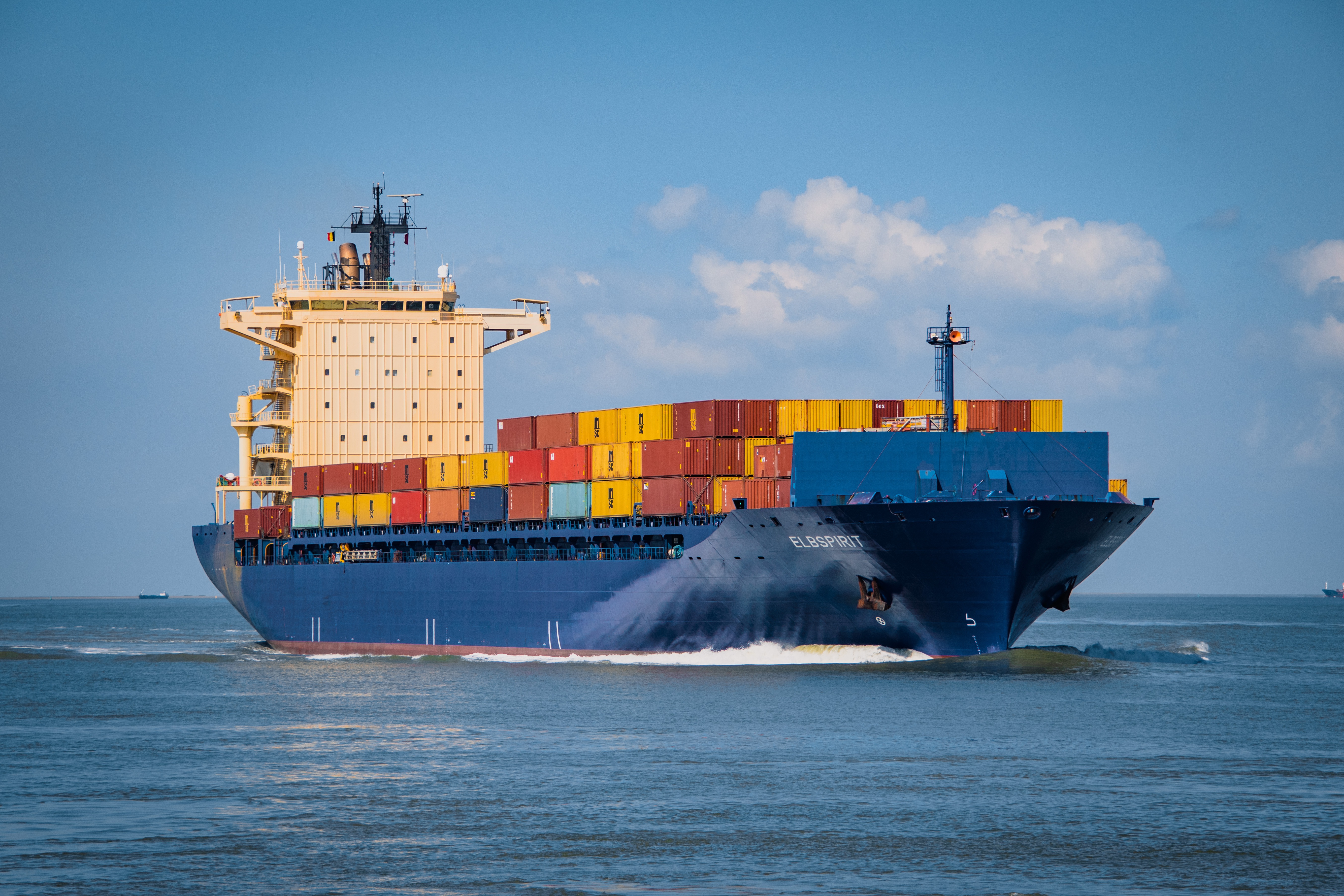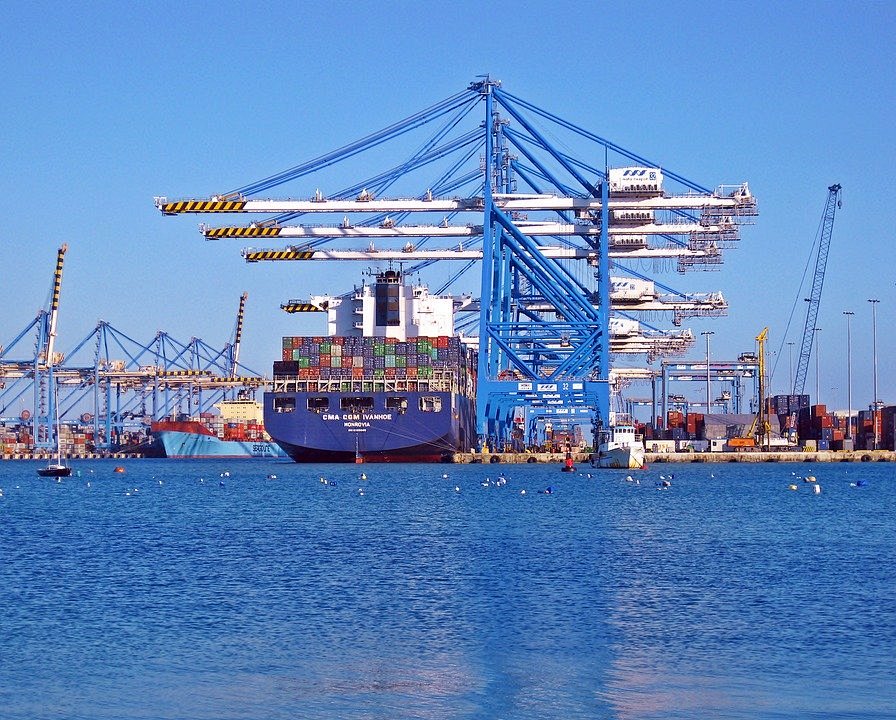International sea freight, as a widely used mode of cargo transportation, has the following main advantages:
1. Strong carrying capacity
Large scale transportation: One of the biggest advantages of international shipping is its enormous carrying capacity. Container ships, oil tankers, and bulk carriers are capable of carrying large amounts of cargo, which far exceed other modes of transportation in terms of weight and volume, making them suitable for the transportation of bulk commodities, large machinery and equipment, as well as large quantities of goods.
2. Relatively low cost
Low transportation cost: Compared with air transportation, international sea transportation has lower transportation costs, especially in long-distance transportation. Due to the ability to transport large quantities of goods at once, it dilutes the transportation cost per unit of goods, making it an ideal choice for large-scale import and export trade.
Suitable for long-distance transportation: For intercontinental cargo transportation, the cost advantage of sea freight is more prominent because it is not affected by fluctuations in fuel prices, just like air freight.
3. Widely applicable to goods
Multiple types of goods: Sea freight can transport almost any type of goods, including liquids (such as crude oil, chemicals), solid bulk cargo (such as coal, ore), containerized cargo (such as electronic products, textiles), oversized cargo (such as industrial equipment), etc.
Dangerous goods transportation: Sea freight is the main mode of transportation for handling dangerous goods and bulk cargo, and many chemicals and petroleum products can only be transported by sea freight.
4. Global coverage
Wide network of shipping routes: International shipping routes cover the world, connecting major ports and enabling intercontinental cargo transportation. Both developed and developing countries' ports can be reached by sea, forming the backbone of global trade.
5. Suitable for heavy cargo transportation
Heavy cargo advantage: Sea freight can effectively transport heavyweight goods without being limited by weight like air freight. Large goods, heavy machinery, building materials, etc. are usually transported across borders by sea.
6. Environmental advantages
Low carbon emissions: Compared with air transportation, sea transportation has lower carbon emissions per ton kilometer, thus having certain advantages in environmental protection. With the increasing demand for environmental protection, the environmental friendliness of maritime transportation is further highlighted.
7. High security
Low risk transportation: Sea transportation is usually safer than air and road transportation, especially when handling fragile or dangerous goods. Sea transportation can provide a more stable transportation environment and reduce the risk of damage caused by bumps, pressure changes, and other reasons.
8. Strong stability
Less affected by weather: Although sea transportation can also be affected by extreme weather, it is generally more stable than air and road transportation and is less likely to cause large-scale transportation disruptions due to weather conditions.
9. Reduce transportation frequency
Efficient transportation: As sea freight can transport large quantities of goods at once, companies can reduce the frequency of shipments, thereby reducing the complexity of management and operations.
10. Flexible loading methods
Multiple loading options: Sea freight can choose suitable loading methods based on the characteristics of the goods, such as bulk cargo transportation, bulk commodity transportation, liquid transportation (canned), container transportation, etc., which can flexibly respond to the needs of different goods.
11. International trade facilitation
Containerization: With the development of container technology, the efficiency and convenience of maritime transportation have greatly improved. Standardized containers make loading, unloading, transportation, and warehousing more efficient, and can seamlessly integrate with multimodal transport modes such as railways and highways.

In summary, international shipping has become one of the most important modes of transportation in international trade due to its strong carrying capacity, low cost, wide applicability of goods, and global coverage. Especially in handling bulk commodities, long-distance transportation, and special goods, the advantages of sea freight are particularly evident.










